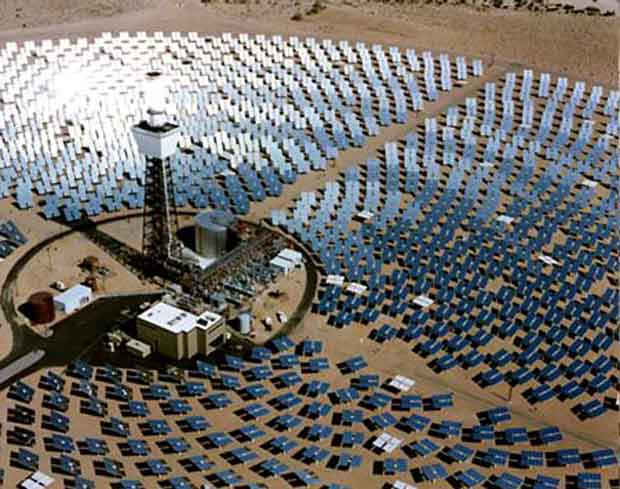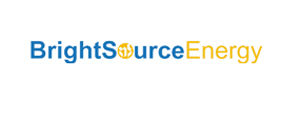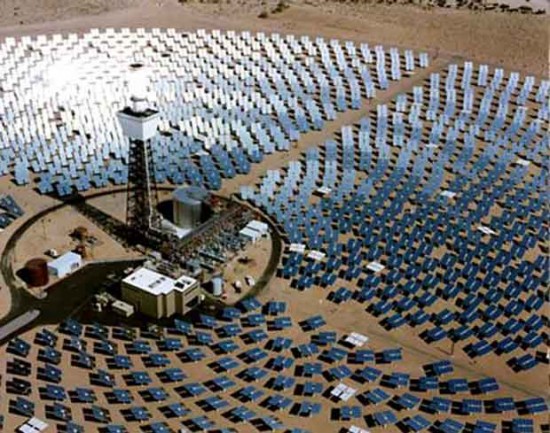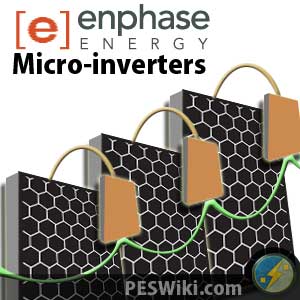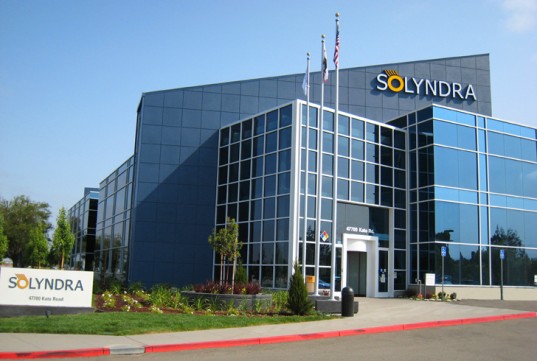7. Sharp
Sharp Electronics is the conventional company that is leading the market of amorphous-silicon technologies. Sharp is one of the world’s chief makers of crystalline silicon panels, the type that leads the market today. The Japanese behemoth is now making a gigantic gamble on amorphous silicon. Among its achievements the Katsurgi factory is one of the most expensive and largest amorphous-silicon technologies producing factory built under the name of Sharp Electronics in Japan. Sharp spent 22 billion yen and built a factory in Katsuragi, Japan last year for producing amorphous-silicon cells and assembling them into panels. The move boosted its production capacity from merely 15 megawatts per year in 2007 to 160 megawatts. The Katsuragi factory is producing panels that employ next generation amorphous silicon technology. Sharp assumes that their panels are better than others, in successfully converting solar energy into electricity.
6. BrightSource Energy
In the desert of American Southwest, campaigns are being drawn up by a crowd of American and European companies that want to use the solar energy to produce electrical power. BrightSource Energy has come forward a stern candidate. The company was established in the year 2006, but it technological team came from Luz International, which built nine solar-thermal power plants in the California’s Mojave Desert in late 20th century.
5. Enphase Energy
Enphase Energy, founded in 2006, is offering an alternative that could improve energy output by 5 percent to 25 percent and do a better job tracking the system’s health. Enphase has leaded the way a fresh advance towards managing solar power that makes solar systems proficient and more resourceful. Habitually, solar panels are linked together in series circuits fed into a single, vital inverter gadget. This means that one inverter controls tens, hundreds or even thousands of solar panels as if they are one unit operating at the same power level. This approach reduces the overall system competence, effectiveness and limits the available information about individual panel health.
No. 4 Solyndra
The New York Times writes about Solyndra, “A California-based solar panel manufacturer, declared bankruptcy in August 2011 after having received $528 million in federal loan guarantees. The loan guarantees, part of the 2009 stimulus package, were the first to be allocated out of the $18 billion Congress has committed to dole out. But the failure of Solyndra, which could cost taxpayers more than a half-billion dollars — has renewed the highly partisan debate in Washington over the benefits or failings of Mr. Obama’s stimulus program and the wisdom of clean energy subsidies in general.”


